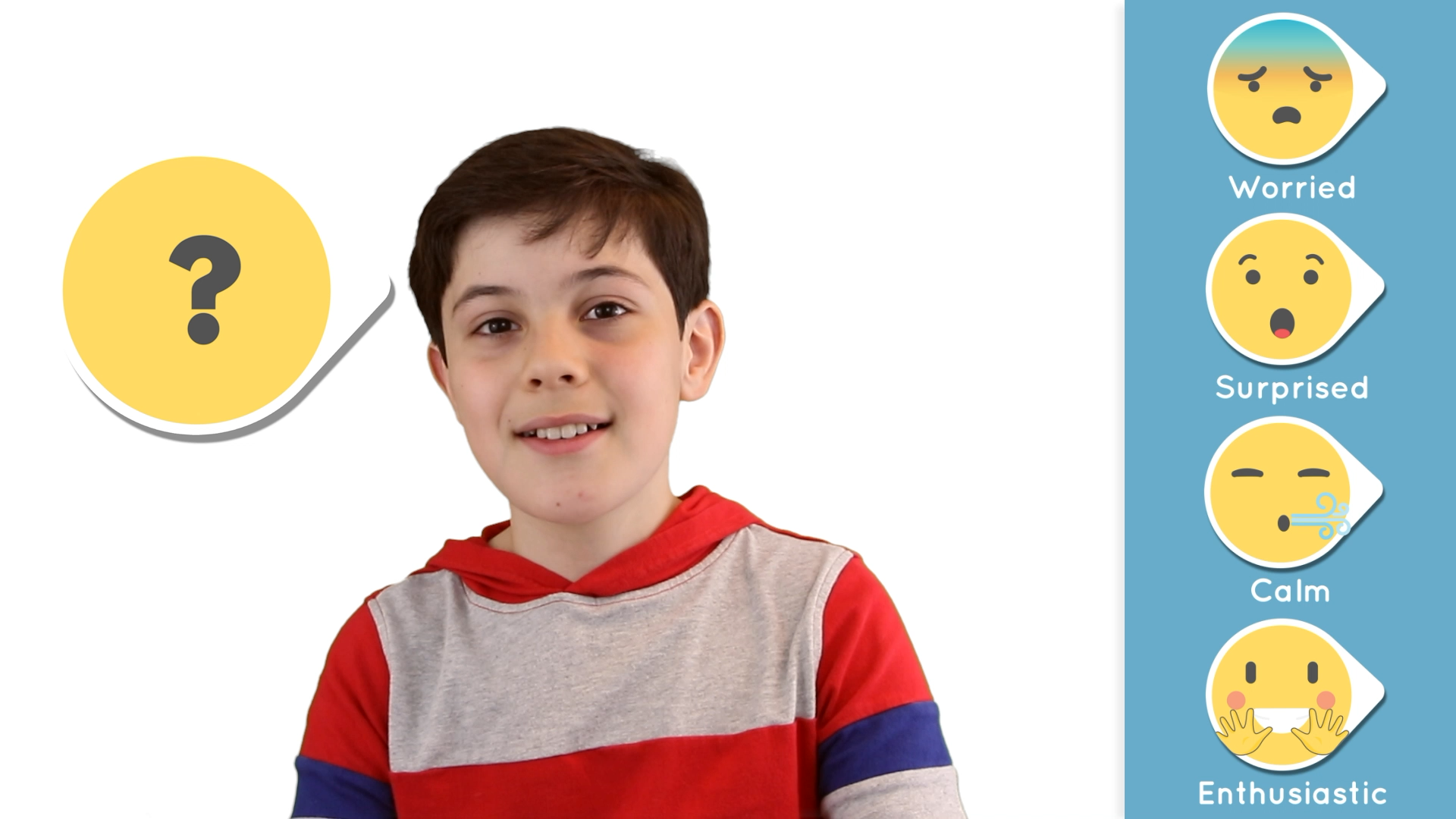
Introduction
As educators, it is essential to teach students how to recognize and understand emotions, not only in themselves but also in others. This skill is a vital aspect of Social-Emotional Learning and helps students develop empathy, communication, and social skills. In this blog post, we will introduce you to Emotion ID, an engaging game that helps students in Special Education learn to identify emotions using facial expressions, tone of voice, and words.
No-Prep Activity: Emotion ID Game
This activity is designed for educators to use with their students without the need for any preparation or materials. To play the Emotion ID game, follow these simple steps:
- Choose a student to be the “emotion actor.” This student will portray a specific emotion using their facial expressions, tone of voice, and words.
- Have the emotion actor think of a situation that would evoke the chosen emotion and then describe the situation to the class.
- After the emotion actor has finished speaking, ask the rest of the class to discuss and analyze the clues presented by the actor, focusing on their facial expression, tone of voice, and words.
- Once the class has discussed the clues, have them guess the emotion being portrayed by the emotion actor.
- Reveal the correct answer and discuss why the chosen emotion was the correct one, emphasizing the importance of each clue in identifying the emotion.
- Repeat the process with different students portraying various emotions.
Discussion Questions
- What are some common facial expressions associated with different emotions? How can we use these clues to identify how someone is feeling?
- How can a person’s tone of voice provide insight into their emotions? What are some examples of how tone can change the meaning of words?
- What are some ways that we can improve our ability to recognize emotions in others? How can this skill help us in our daily lives and relationships?
- Why is it important to consider both verbal and non-verbal cues when trying to understand someone’s emotions?
- How can understanding and recognizing emotions in others help us to develop empathy and better communication skills?
Related Skills
Teaching students to recognize emotions through Emotion ID can help develop other essential skills for their personal and academic growth. Some related skills include:
- Empathy: Understanding and sharing the feelings of others.
- Active Listening: Paying close attention and responding appropriately to others during a conversation.
- Non-Verbal Communication: Interpreting and using body language, facial expressions, and gestures to convey meaning.
- Conflict Resolution: Using effective communication and problem-solving strategies to resolve disagreements and conflicts.
Next Steps
If you’re interested in incorporating Emotion ID and other Social-Emotional Learning activities into your curriculum, we invite you to explore our free sample materials. By signing up for these resources, you will gain access to various activities designed to help students develop essential social and emotional skills. To access these free materials, simply visit Everyday Speech’s Sample Materials page.

